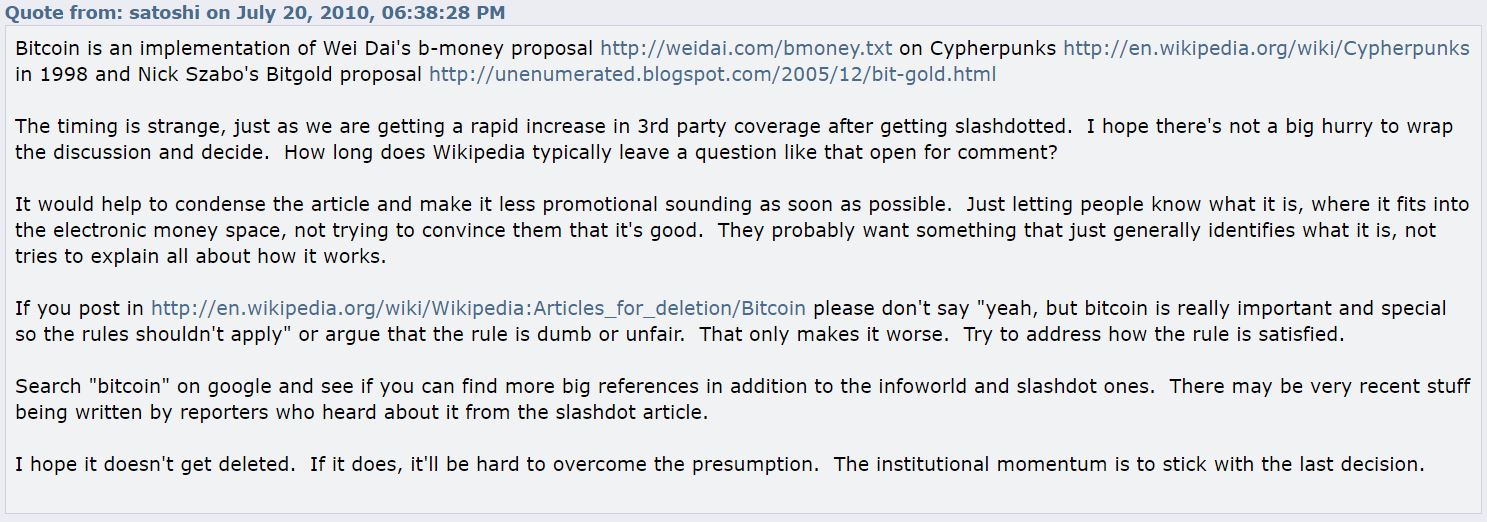There have been many attempt to create a 100% virtual currency before bitcoin, the first experiments in the creation of a decentralized currency date back to the 1990s within the community of “CypherPunks”, a group of activists who militate for the respect of privacy on the Internet, through the use of cryptography.
The first ideas similar to the blockchain technology have been theorized by David Chaum a researcher in cryptography who through his thesis “Computer Systems Established, Maintained and Trusted by Mutually Suspicious” published in 1982, presents a computer system for reaching a consensus within a group of actors who do not trust each other.
This is often represented as the Byzantine general problem
The first experiments
In 1992, David Chaum, now considered to be the precursor of the CypherPunk movement, created his company. “Digicash” as well as the “ecash” a project of digital cash that protects the anonymity of the payer. The big difference with Bitcoin is that it was a centralized system by Digicash and depended on the banks. Unfortunately the company went bankrupt in 1998 due to a lack of adoption by merchants as well as too technical to be used by the growing mass of users of the internet during this period.
Other similar projects emerged during this period, such as the Hawthorne Exchange (1993) a marketplace allowing the exchange of tokens, Cybercash (1996) a system of micro-payment systems working with Cybercoins, but all these companies have experienced the same fate as Digicash.
However, some companies have been successful for several years:
-e-gold: founded by Douglas Jackson and Barry Douney in 1996 in the United States of America. This service had for the purpose of enabling the purchase and sending of digital gold over the internet anonymously and in a way that is the value is guaranteed by a physical gold stock held by the company. The company is quickly at its peak in 2005 it was the second largest payment platform on the internet behind PayPal, the company owns a stock of 3.6 tons of gold, manages nearly 2.7 million accounts and 75,000 transactions per day for an annual volume of 3 billion dollars. Its anonymous nature and the ease of access on the internet make it a privileged passage for illicit practices, despite the platform’s cooperation with government agencies. In order to remain in compliance with current regulations, the company was closed in 2007 and the associates were charged of facilitating money laundering and for unlicensed money transfer activity.
-Liberty Reserve: founded by Arthur Budovsky in 2006 in Costa Rica, a company that enables to send dollars, euros or grams of gold over the internet, anywhere in the world with low fee irreversible transactions. The company was clearly oriented towards client confidentiality in order to attract illegal activity to its platform. As the company became a hub for cybercrime, it was closed in 2013 and the owner arrested. It was the last centralized permission-less money service of its kind.
The Closest ideas
B-money: a decentralized pseudonym payment system imagined in 1998 by the Chinese cryptographer Wei Dai known for being an active member of the CypherPunk movement in the 90s. The unit of account would be produced by the equivalent cost of computing power used to solve a valueless mathematical enigma. The value of this computing power would be calculated over a base of a basket of standard commodities. In his protocol every stakeholders own an independent database to register the transaction. Transfers are public and authenticated by signing them with a personal pseudonym such as public key, to secure them. To prevent abuses, the wallet of the sender would be controlled by the stakeholder which updates their database if the sender owns the amount or ignores the transaction if the funds available are lower than the amount sent. B-money protocol would be also to run decentralized and pseudonym contracts with an arbitrator third party.
Bit Gold: a distributed protocol imagined the same year by Nicholas J. Szabo, a computer scientist, legal scholar and cryptographer who worked for David Chaum’s company DigiCash. His system is a decentralized chain of proof of work based on a distributed ledger associated with the public key of the owner. The main difference with Bitcoin is the nature of the underlying units, Bitcoin uses a unit of account (bitcoin) which is fungible and divisible meaning the all units shares the same value where Bit Gold is based on time-stamped proof of works which cannot be divided or merged. Each would have a variable value depending on the difficulty asked to solve the proof of work to be exchanged these units would be gathered as bundle of equivalent value.
It was later confirmed by Satoshi on bitcointalk forum that Bitcoin is an implementation of these two proposals



